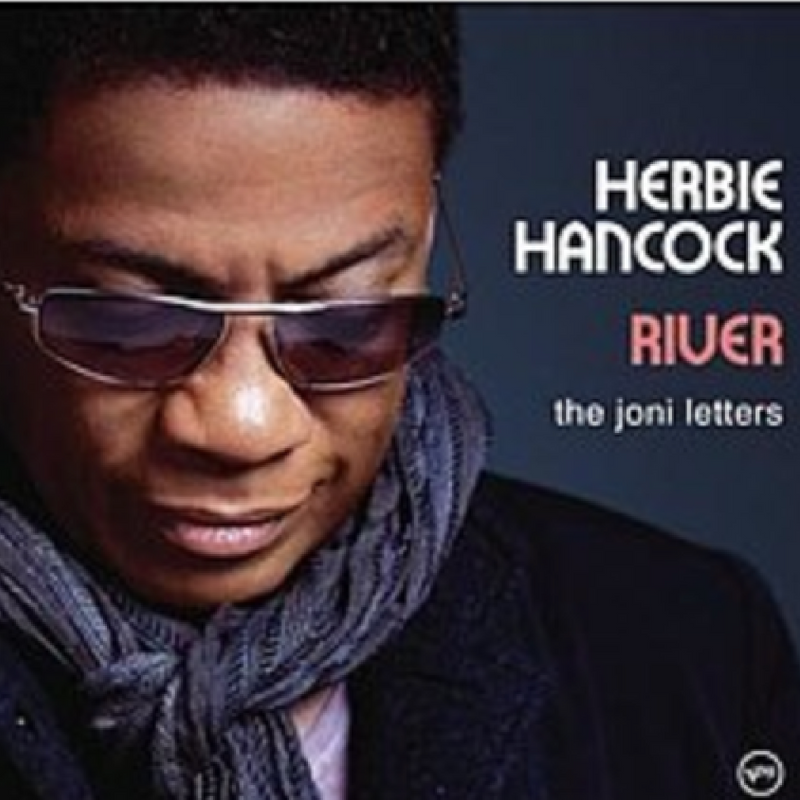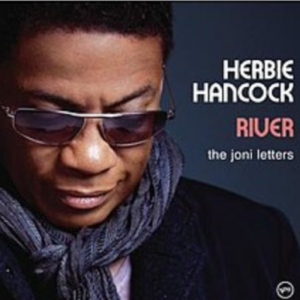Herbie Hancock is one of the most influential pianists of what we might call the “modern jazz era.” He came of age during the post-bop period and, as a member of Miles Davis’ genre-expanding 1960s quintet, brought a new harmonic sensibility to the jazz scene. During the late 1960s and early 1970s, he began using electric keyboards and funk rhythms and became a jazz fusion pioneer.
Because Hancock’s music is so stylistically diverse, merely listening to one or two recordings won’t give you a good idea of him as a musician (unlike with, say, Bud Powell). Let’s go back to his early years and trace his musical development through his long career.
Herbie was born in 1940, which was right about the time that bebop was just beginning. He began with classical piano and performed a Mozart concerto movement with the Chicago Symphony Orchestra when he was only 12 years old. Largely self-taught in respect to jazz, his harmonic concept was highly influenced by Clare Fischer’s vocal arrangement for the Hi-Lo’s. He also absorbed the music of pianist Bill Evans, arranger Gil Evans, and the classical compositions of Ravel and Stravinsky. When one of my own early jazz piano teachers, Harold Danko, visited Herbie at his home, Harold saw the score of Ravel’s Tombeau do Couperin open on Hancock’s piano.
You’ll hear some of Hancock’s harmonic conception here, in Ravel’s music:
Herbie was also interested in the blues and funky sounds of 1950s jazz, and to my ears, sounds like Wynton Kelly at times. Miles Davis used two pianists during the late 1950s: Bill Evans and Wynton Kelly. In a sense, the young Herbie Hancock combined the impressionist touch and harmonies of Evans with Kelly’s funkiness.
Here’s Hancock’s iconic tune “Watermelon Man,” from his 1962 debt as a leader, Takin’ Off. (He was 22 years old at the time.)
In Miles Davis, Herbie found a bandleader who encouraged and responded to his harmonic explorations. Check out their musical relationship in their live version of the jazz ballad “My Funny Valentine.” Herbie’s use of substitute chords and impressionist voicings goes far beyond what most pianists had ever before attempted.
When tenor saxophonist Wayne Shorter joined the Miles Davis group in 1964, Herbie found his musical soul-mate (in my opinion). Listen to Hancock’s post-bop piano solo on Shorter’s composition “E.S.P.”
E.S.P
https://www.youtube.com/watch?v=3PAhMagNp7o
Hancock’s interest in R&B/Funk rhythms came to full fruition on his 1973 album Headhunters, in which he fully incorporated synthesizers into his musical approach.
Chameleon
Herbie is one of the most influential electric piano players in jazz history. His 1976 tune “Butterfly” is a typical example of this aspect of his playing.
Butterfly
Always looking to embrace new artistic trends and technology, Hancock made an innovative use of music video in his 1983 pop hit, “Rockit.”
Rockit
While Herbie isn’t particularly prolific as a solo pianist, he occasionally records something stunning as a solo performer. His 1986 recording of Thelonious Monk’s classic “Round Midnight” is a stunning example of how much a jazz musician can do with a melody and set of chord changes. I’ve listened to this recording many times over the years and always find something new I hadn’t noticed before!
Round Midnight
Just for fun, have a listen to how “effortlessly” Herbie, trumpeter Wynton Marsalis, bassist Ron Carter, and drummer Tony Williams tear through Monk’s “Well, You Needn’t,” which may be one of the hardest jazz tunes to improvise on. They make it seem easy!
Well You Needn’t
Finally, here’s the title track from Hancock’s 2007 tribute to his friend, the singer-songwriter Joni Mitchell. The album won a Grammy Award for “Album of the Year.”
River
In my view, I see a parallel between Hancock’s place in jazz history and that of Art Tatum, three decades earlier. When Tatum appeared on the scene in the early 1930s, he had thoroughly assimilated every aspect of jazz piano from stride to ballads and swing. He combined all these into a highly unique style while expanding the harmonic possibilities of jazz interpretation with a comprehensive pianistic technique. He drew upon classical influences as well as the pop music of the time and brought a wide-open sense of musical exploration to everything he played.
Herbie Hancock did the same thing, beginning in the early 1960s.
To get more into Herbie Hancock’s music, I suggest that you choose a recording above that particularly interests you, and begin listening to more of his music from the same time period and in a similar style. This will give you a good basis in which to then branch out into more his vast musical output. Have fun!
To learn more:
Herbie Hancock’s website
Herbie Hancock Interview (in The Guardian)
Butterfly: from The Jazz Pianist’s Ultimate Guide To The Real Book
Butterfly: Journey Through The Real Book #49
Learn the 5 Essential Left Hand Techniques with my free ebook: Left Hand Techniques for Jazz Piano
You’ll also get my weekly jazz newsletter with practice tips and inspiration


